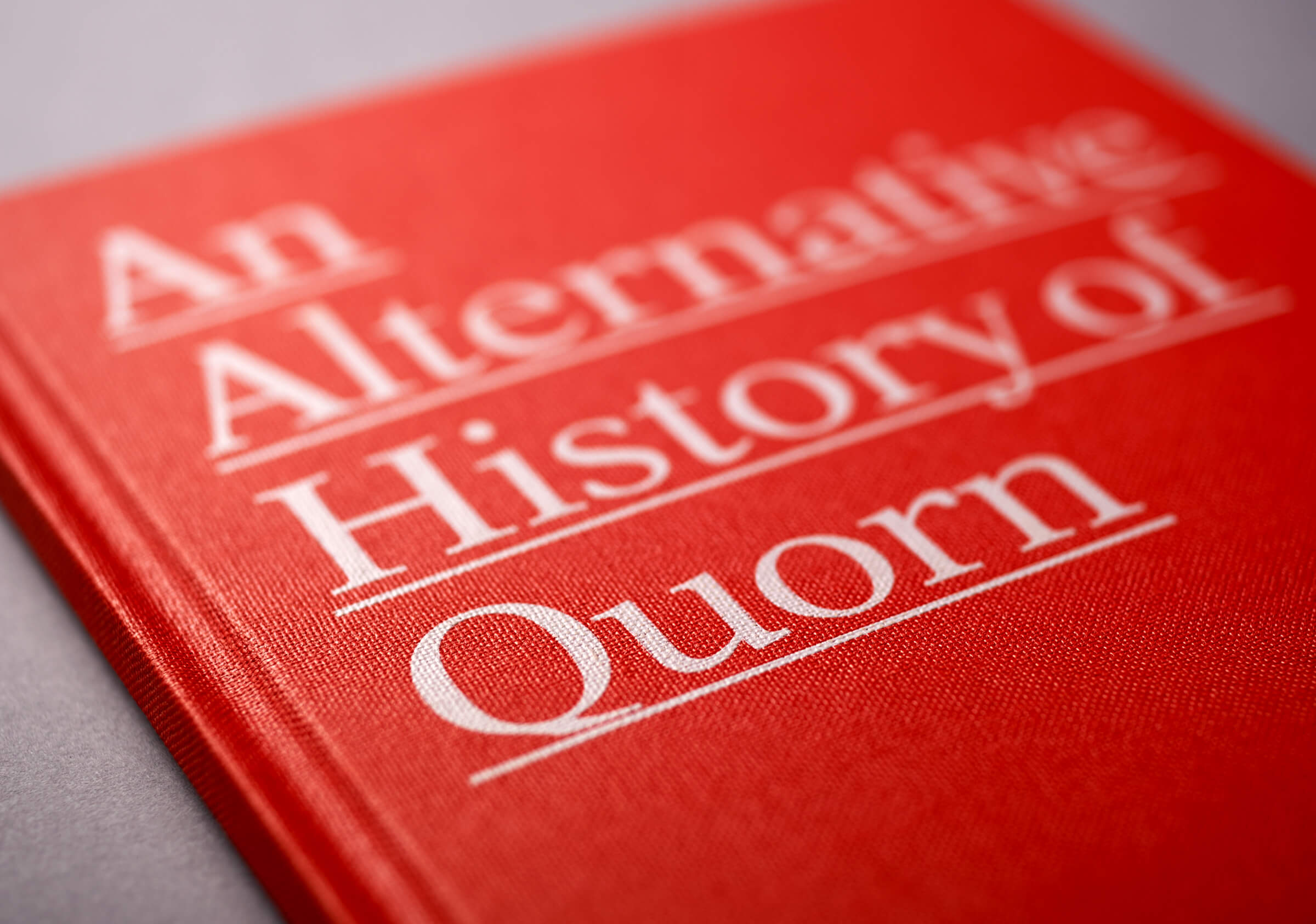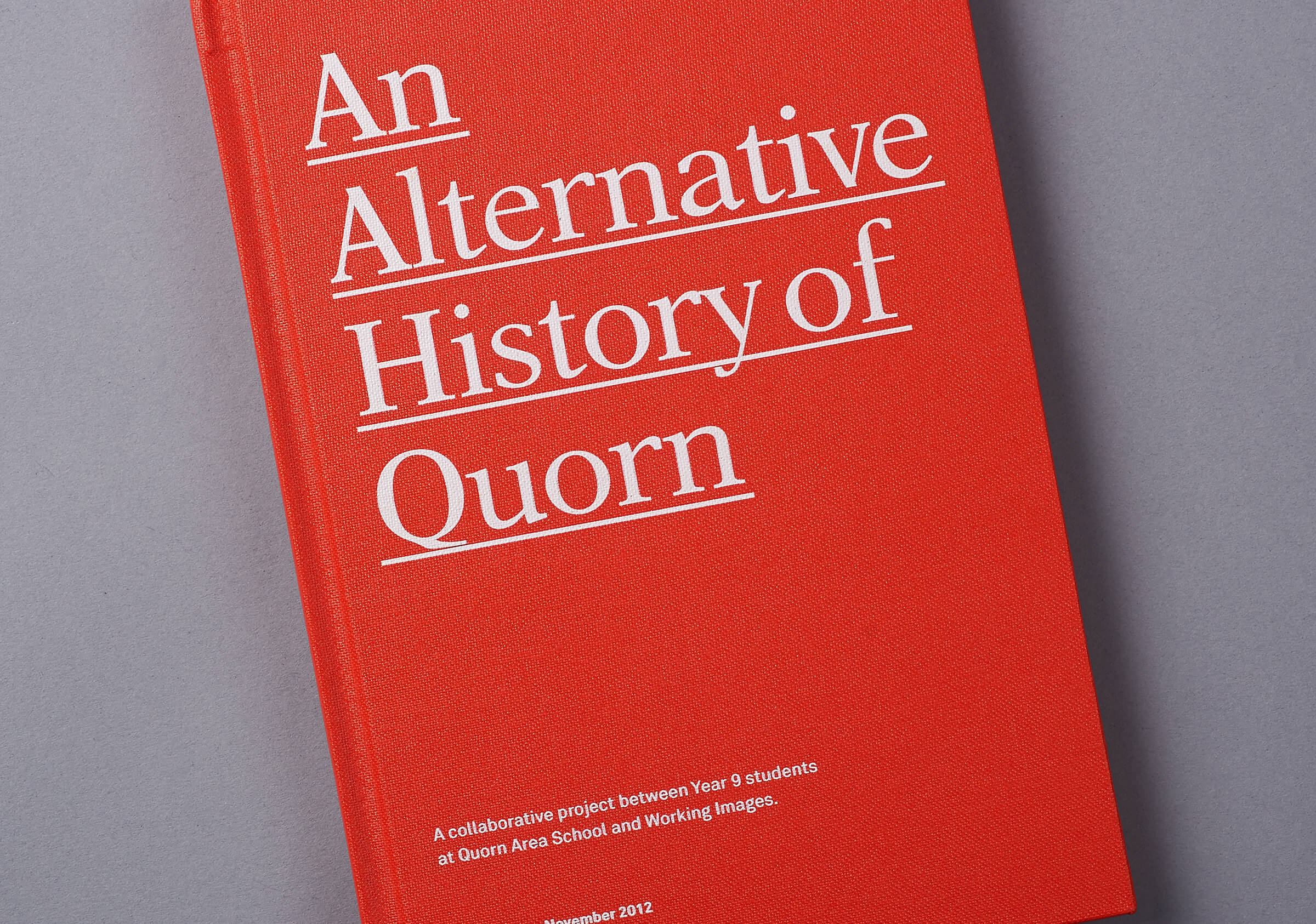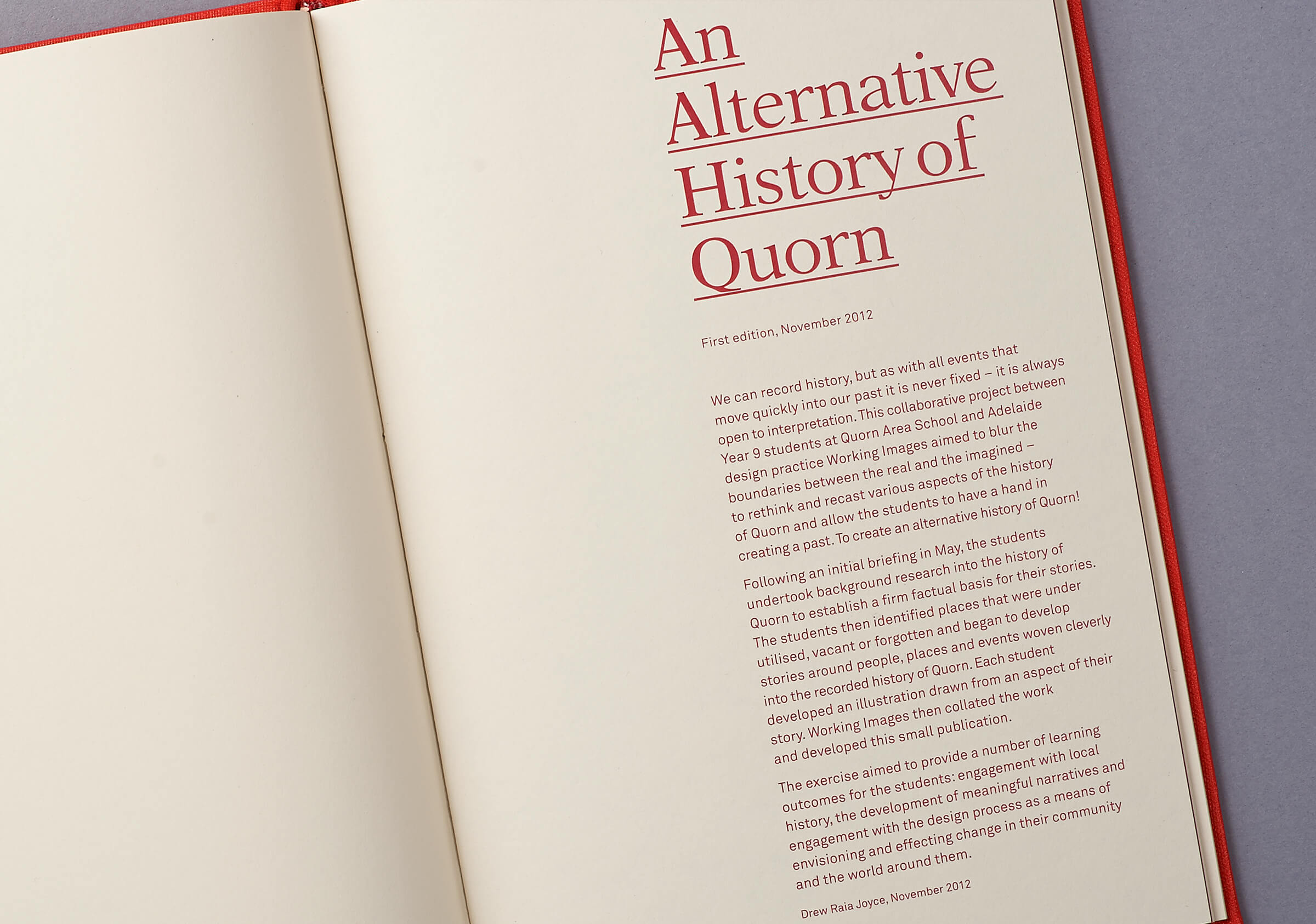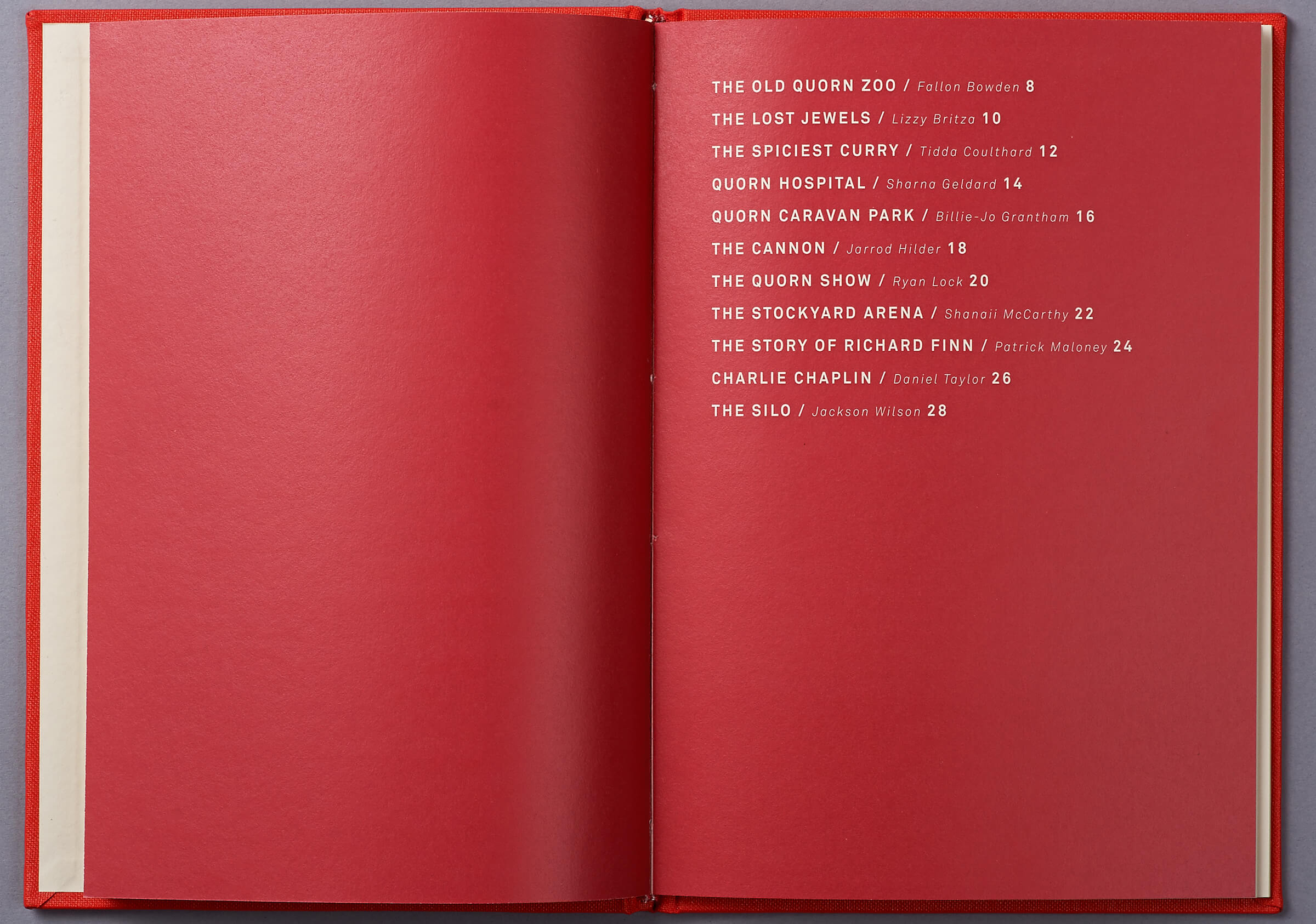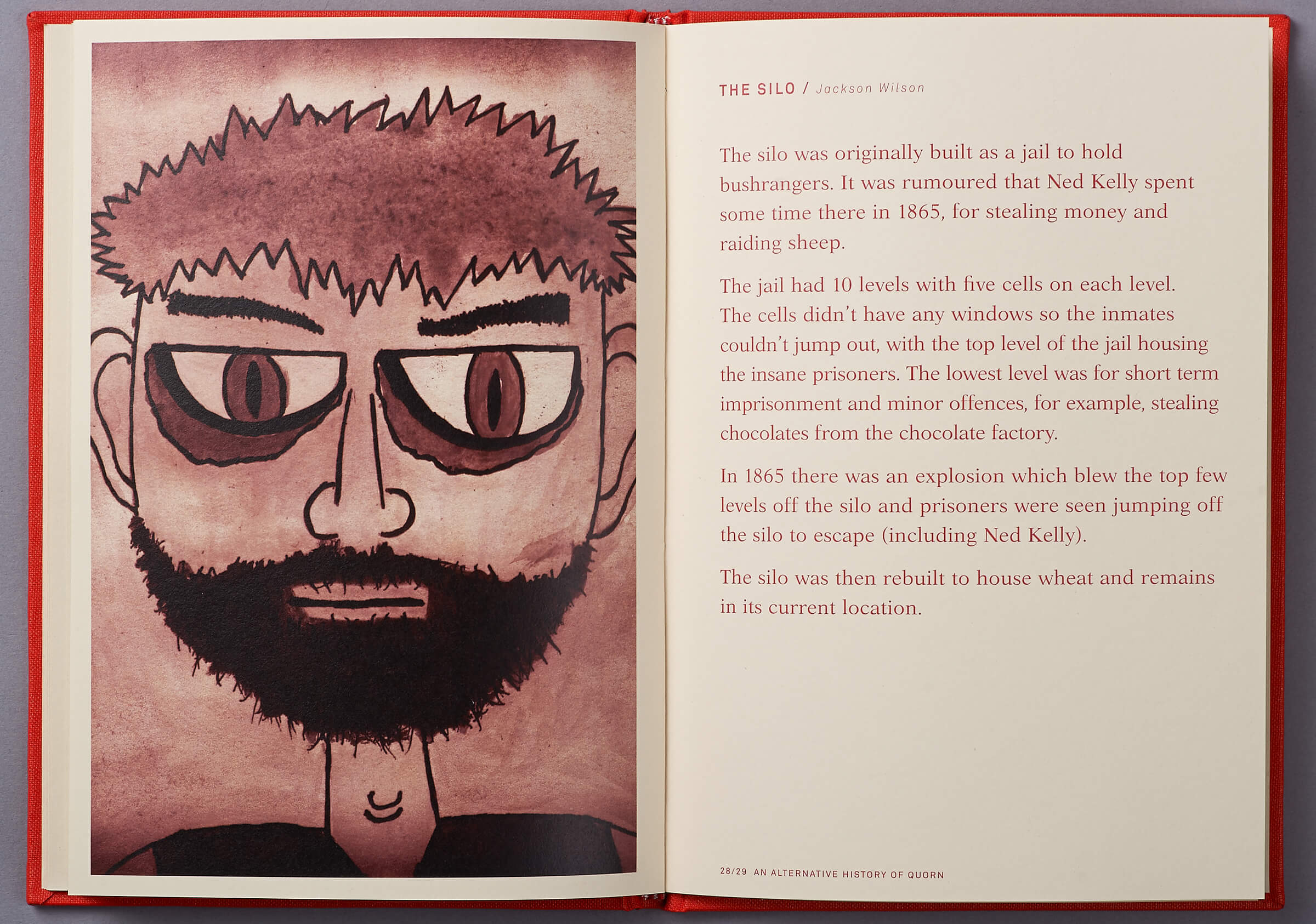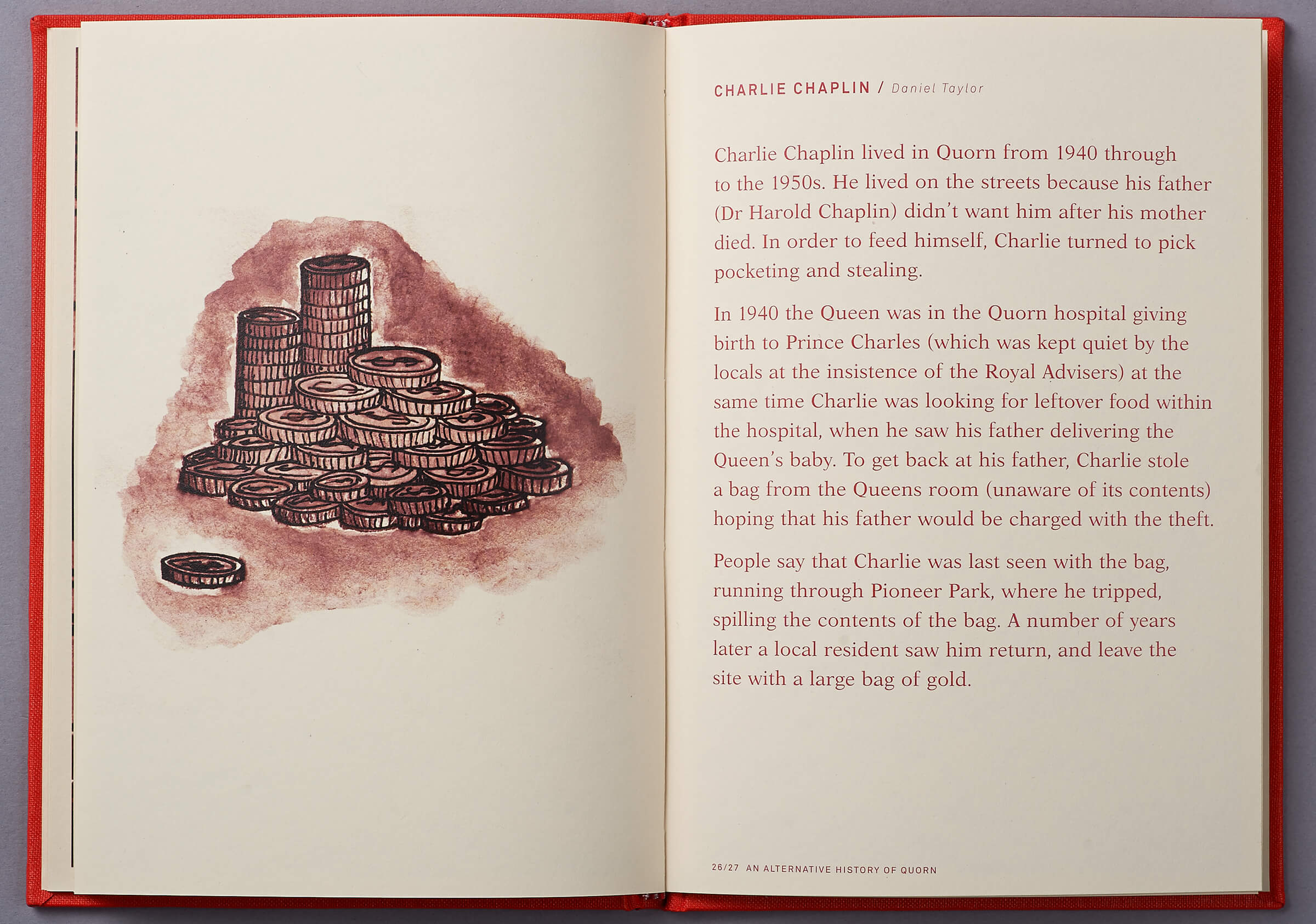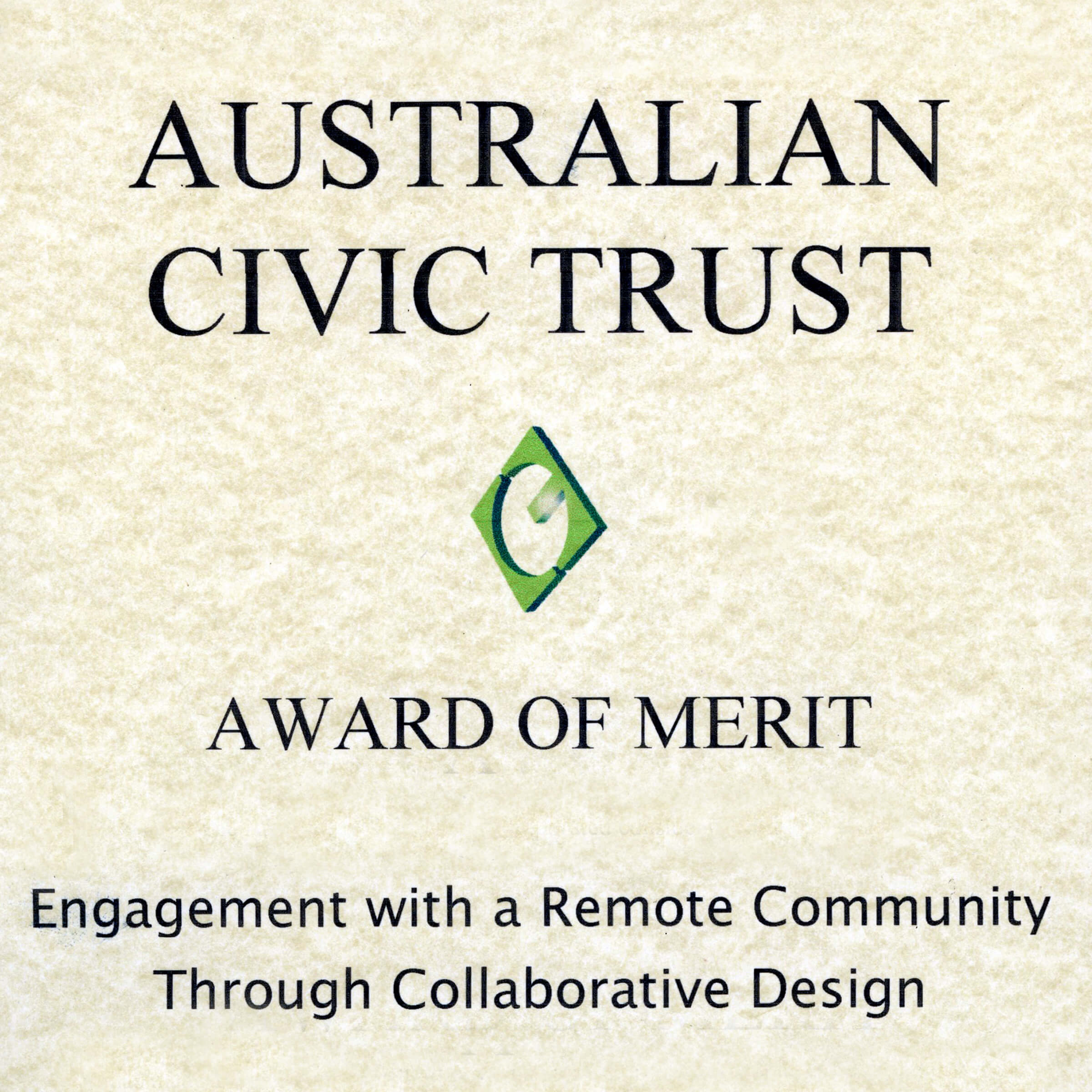
Max Services
2015-2021
Can-do capability
Defining the value in the business and seizing the opportunity to reshape an industry through brand.
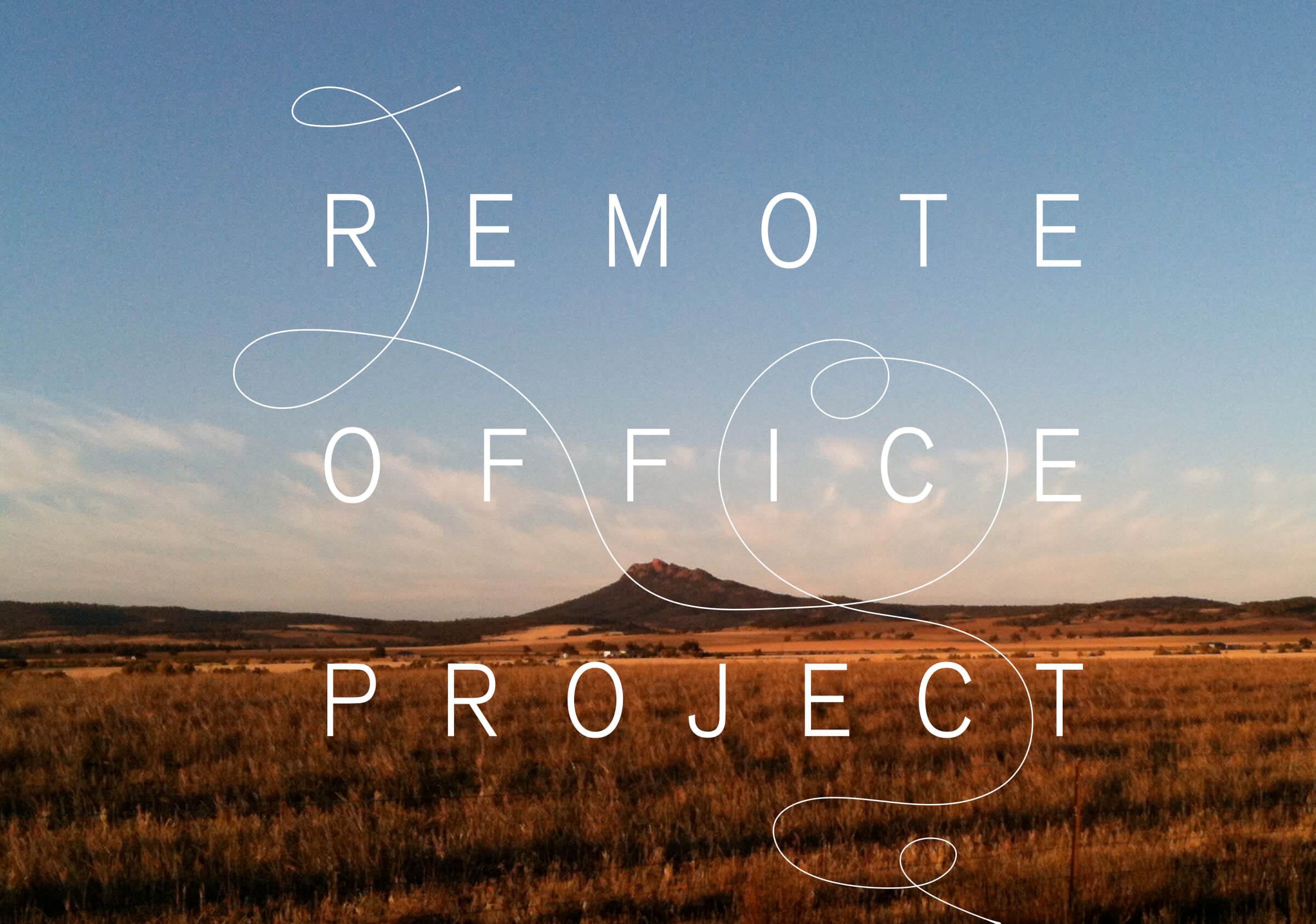
Remote office project
Design collaboration with a remote community.
2013
An education partnership
Student engagement in the classroom and a valuable exchange of knowledge and ideas.
An innovative, creative partnership emerged between the remote Quorn Area School and Adelaide design practice Working Images leading to student engagement in the classroom and a valuable exchange of knowledge and ideas.
The overview: In 2011 and 2012 Working Images relocated their office to the remote country town of Quorn in the Flinders Ranges, South Australia to live and work as residents for one week amongst the community. What began as a self initiated micro-workplace experiment flourished into a rich collaboration and community exchange. This project is about collapsing cultural and geographical distance and learning through participation. The project has been widely acknowledged and supported for it’s original and innovative nature and its great potential for positive outcomes and the school has committed to continue the project and to integrate it into the curriculum. The simple project framework has received positive accolades by respected senior educators and industry leaders and been tabled as a potential model for various urban enterprises engaging more broadly with regional communities. What has been a self initiated and self funded project now requires external funding to enable the project to grow, to promote it more widely and to realise its full potential as a means of knowledge exchange and student engagement.
What is it actually? Design practice Working Images collaborated with students of the Quorn Area School on a design project. Students participating ranged in years from primary 6-7 (2011) through secondary year 9 (2012). With the guidance of the appointed school representative Working Images created a 5-10 week program consisting of detailed lesson plans, briefs and project guidelines. This was briefed in to students in person in week 1 where the students were taken through a detailed analysis of the project, introduced to basic design principles, key design stages and the expected outcomes. Over the subsequent weeks the students are taken through the lesson plans by the art teacher with guidance provided remotely by Working Images. Regular briefings and updates are made and the development assessed and refined. The second to last week of the project coincides with the practice’s relocation to Quorn and an intensive hands on session is conducted with the students. Following the final week of the project the student work is packaged and sent by post to Working Images. All the works are scanned, edited as required and prepared for the final assembly into a high quality publication. A limited number of books are produced with copies provided to the school. The work is briefed back into the students and a formal handover made at the end of year school assembly.
How it started: The Remote Office Project began crudely as an idea for a self directed workplace experiment based on the idea of positive disruption to benefit the Working Images team – where the working environment is changed and the regular day’s tasks undertaken and through this the subtleties of design practice can be observed more clearly. This provides distinction in practice and affords growth. These thoughts coalesced into a trial office relocation in 2010 where the office was relocated for the day to Drew’s home in rural Basket Range, Adelaide Hills. The outcome of this simple experiment demonstrated a tangible increase in productivity, a lift in personal morale, no loss of business and on reflection the expected clarity around design process.
Thoughts began immediately on possible applications on a larger scale: a more remote location over a longer period. Options of locating to remote bush environments, pastoral stations in the outback, temporary dwellings and other ideas were workshopped casually over a number of weeks. It quickly became apparent that although these places were possible, they were not only remote but were isolated also. The cultural context for design is integral to the practice which meant that our presence there would for all intents and purposes be unrecognised and largely meaningless. We may as well not actually be there. We recognised that to maximise the value of our experience we needed some exchange to take place – we needed to be in a community with other people. Options were floated and we quickly settled on Quorn. It was sufficiently remote geographically but also culturally from our own experience and lives and Drew has a personal connection, having visited the town frequently during childhood years. In addition to being located within a community it was also apparent that an opportunity for a meaningful mutual exchange was required, to give back – that we possessed some professional skills that may be of some use to the town. Following the success the previous year in 2009 of a seven week design project with the Year 7 students of St Peters Junior Boys School, Adelaide and with Drew’s experience as a design educator with UniSA the idea emerged to run a design project with the local school. A letter was drafted to the mayor of Quorn, Peter Slattery outlining the project and our desire to work with the Quorn Area School. He facilitated necessary introductions and a formal meeting with the school took place in the month following at which time some initial concepts were discussed and timeframes, parameters and requirements of the school addressed.
The outcomes – why it’s valuable: There are numerous actual and potential benefits of this project that can be seen in areas of the professional work practice of Working Images, the local community of Quorn and the school but the intention here is to focus on the outcomes within the school environment and with the students. Following the projects in 2011 and 2012 a comprehensive debriefing was made with the school facilitator Kylie Sims that identified positive outcomes across four key areas:
1. Engagement and learning: In both projects the students demonstrated a high level of engagement throughout the projects and on completion of the project. It was acknowledged by the school that when a student is engaged within the learning environment they learn more and learn more readily and that when a high level of engagement is achieved with a student there is less likelihood of behavioural problems. Evidence of this was seen in both years.
In 2011 during the hands on working session, one year 7 primary student who had in his school life displayed highly disruptive behaviour and resistance to participation surprisingly applied himself wholly to the tasks required. He demonstrated a thorough understanding of the project, excelled in the highly abstract and complex nature of the project and produced a greater number of studies than other students. He also worked undirected and uninterrupted throughout the lessons. The project facilitator, School Counsellor Ms. Kylie Sims, acknowledged the radical change in his behaviour and attributed this directly to having been thoroughly engaged with the work.
In 2012 similarly, one year 9 student who is recognised as having very low literacy and numeracy skills as well as a low self esteem had during the initial briefing proved highly resistant to the project and actively worked to discourage the involvement of a small group of his class mates. By contrast on completion of the project and on presentation of the completed publication he requested to present the work to his class mates. Struggling with the reading he persisted with assistance from Ms. Sims and took great pride in presenting the work. Again his positive and radical change in behaviour was acknowledged as being highly out of character and attributed directly to being engaged with the project.
2. Contact with professional practitioners: The benefits of linking and partnering with industry are well understood within the education framework. Students can compare their work with industry and through this their work is contextualised and creates meaning for them. In light of the geographically remote location of Quorn this is more pronounced. Exposure to professional practice, particularly one that has very little presence within the town and region has the potential to enlarge the students’ thinking around possible career paths. In addition a conceptual link is made by the students to a similarly remote place (Adelaide), and however brief this is, forms a bridge that makes thinking around journeys in the future possible.
3. Exposure to design and creative practice: It is acknowledged by the school that engagement with creative practitioners and design is seen as desirable. Central to the practice of design and to design thinking is the underlying principle of design process which is a key tool imparted to the students. Process here is described as a series of considered and deliberate (iterative) steps to elicit understanding and insight enabling the formulation of solutions to problems. The notion here is that by following process one is able to achieve results that are not practical through ad hoc means – that significant and highly productive outcomes may be achieved in spite of a lack of natural talent or aptitude. This was demonstrated clearly in the work produced by the 2009 project with St Peter’s Junior Boys School and also in the 2011 project with QAS where the students produced work of a calibre on par with some students at tertiary level. The utilisation of design process contrasts the typical head on approach to problem solving likely to be adopted by students across the curriculum. Of key importance is that the understanding of these fundamental principles of design are able to be applied more broadly to any area of the student’s life and beyond. This design thinking is being universally accepted by the business community as a means of solving unsolvable (wicked) problems.
4. The community: With the shift in farming models brought on by climate change and the economics of global agriculture, regional communities are experiencing rapid change and are under pressure through a loss of market competitiveness and sustainability. This in turn changes the fabric of the community leading to increasing social isolation and to breakdown. Healthy regional communities are vital to national food security and imperative to the national wellbeing of Australia. Our national identity is intrinsically linked to the notion of the outback and the bush yet we are becoming increasingly remote from them.
The relocation of a professional urban-oriented practice to a remote country town has a number of outcomes. Being physically located in the town runs counter to the trend of telecommuting where the travel to work is eliminated and the worker operates in isolation. In this instance the relocation, being physically present, is critical to the exchange at a community level. The mundane daily tasks such as shopping, walking, visiting local cafes all provided opportunity for personal and cultural exchange. This experience is then disseminated through various means in both directions – urban bound through conversations with peers and recording of the project on the Working Images blog and country bound through stories told locally through children involved with the project and other people in the town.
The net result of these exchanges is the bridging of difference and distance between urban and remote communities. This leads to the stimulation of the local community, the generation of interest and awareness back in urban environment and the potential of raising the profile of the town through wider communication of the project. The exchange between people is paramount.
What’s been said
This project is of great value to the school. We’d love for it to continue and will be integrating it with our curriculum in 2013.
Iain Elliot, Principal Quorn Area School.
This project allows students to have access to industry including working design practices, real life experiences and opportunities to link their lives with those in working industry. It provides country students access to otherwise unreachable contemporary arts/design practices and can easily be linked in to the proposed Australian Curriculum.
Kylie Sims, (past) School Counsellor, Art Teacher and project coordinator, Quorn Area School.
The books are a really important part of the project – it allows for the students work to be valued and celebrated. The ‘high stakes/high production values’ side of things draws the best work from kids – it also clarifies purpose and audience – both big drivers for all kinds of literacy. Also they love working with real adult experts – who earn their living doing that kind of work – not always their teachers…
Pippa Milroy, Adolescent Program Coordinator
The Hills Montessori School Montesori School Aldgate South Australia
Drew Joyce, Principal & Creative Director Working Images
